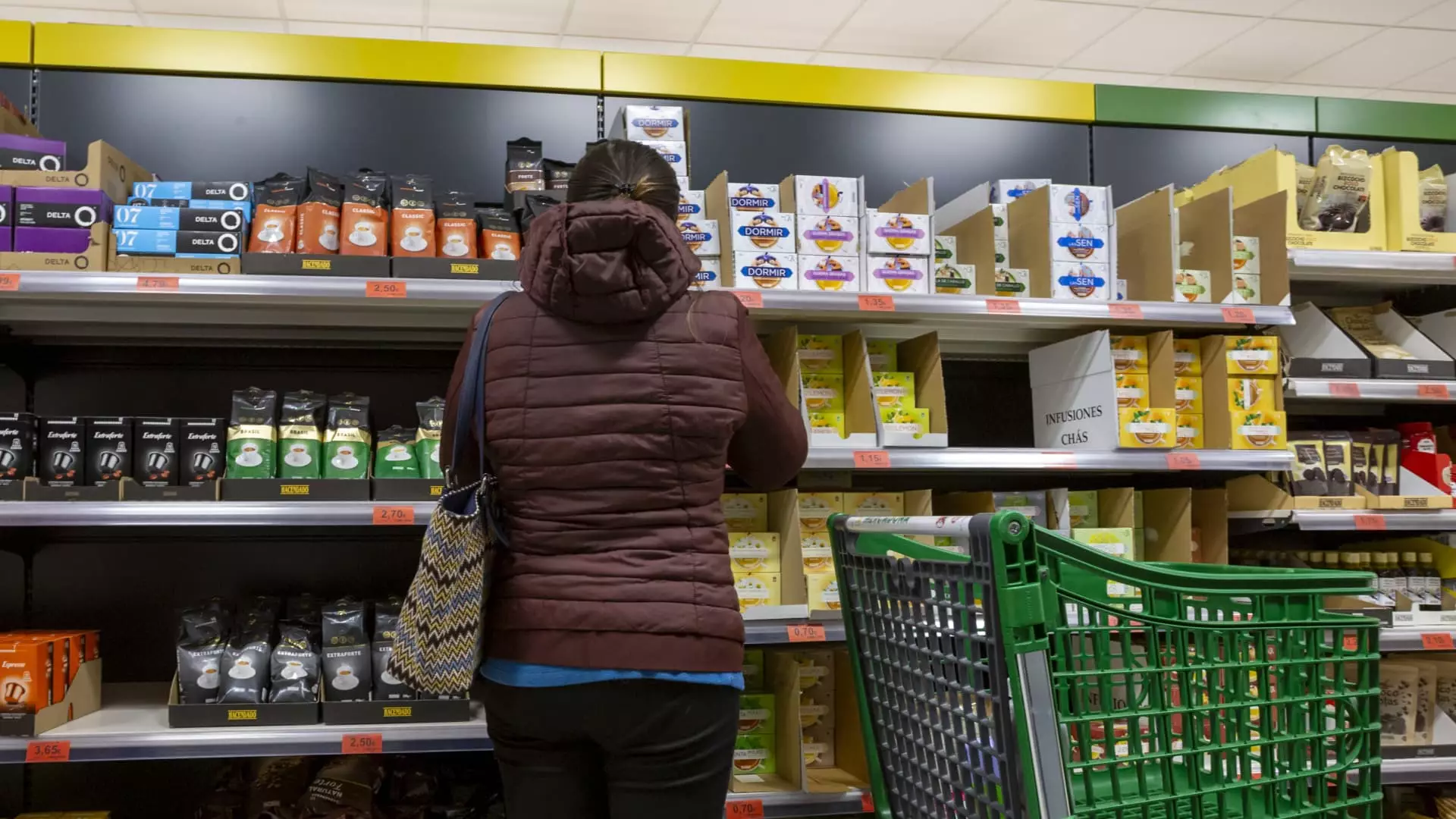In January, the euro zone experienced unexpected inflationary pressures, with rates accelerating to 2.5% on a yearly basis, as reported by Eurostat. This figure surpasses the expectations of many economists, who had predicted a steadier inflation rate of 2.4%, a continuation from December. The significant rise can primarily be attributed to surging energy costs, underscoring the complexities of the current economic environment.
A deeper examination of the inflation metrics reveals that core inflation, which excludes volatile categories such as food and energy, stood at 2.7% – a figure that has remained stable since September of the previous year. This stability in core inflation provides a semblance of predictability amidst fluctuating energy prices. In contrast, the services inflation rate witnessed a slight decline, dropping from 4% in December to 3.9% in January. Jack Allen-Reynolds, the deputy chief euro zone economist at Capital Economics, highlighted the prolonged stagnation of services inflation, indicating that the sector has hovered around the 4% mark for over a year. Such observations make it challenging for analysts to forecast when services inflation might begin to ease.
The January data paints a stark picture of energy costs, which surged by 1.8% compared to the previous year. This marked a significant rise from just 0.1% in December, suggesting that energy expenses are exerting considerable upward pressure on overall inflation. As inflation rates hit a low of 1.7% in September, they have since climbed back, hinting at the reversible nature of price shifts influenced by energy markets. Furthermore, the lingering base effects, where comparisons are drawn to lower previous energy prices, have contributed to this resurgence in inflation, complicating the overall economic narrative.
In response to these inflationary developments, the European Central Bank (ECB) recently cut its key deposit facility rate by 25 basis points, bringing it down to 2.75%. This move aligns with the ECB’s broader goal of maintaining inflation close to its 2% target. The central bank remains optimistic, indicating that the country’s inflation trajectory is largely in line with projections, anticipating a return to target levels within the year. However, Allen-Reynolds cautioned that these latest inflation figures would not significantly alter the ECB’s plans for future interest rate adjustments. With services inflation remaining stubbornly high, the ECB likely prefers to implement gradual policy shifts rather than more drastic measures.
Despite the ECB’s cautious optimism regarding inflation stabilization, uncertainties linger, particularly concerning the potential implications of tariffs on goods imported to the U.S. from the European Union. Bert Colijn, the chief economist for ING in the Netherlands, warned that retaliatory tariffs could exacerbate inflation pressures, leading to higher consumer prices. Such developments raise questions about the ECB’s ability to further reduce interest rates, as they seek to balance economic growth against inflationary risks that persist in the market.
The January inflation data for the euro zone is notably complex, characterized by rising energy costs, stable core metrics, and an uncertain services landscape. As key euro zone economies, including France and Germany, report their consumer price indices, the broader implications of inflation will continue to unfold. With persistent inflationary risks and shifting economic dynamics, the ECB faces the challenge of navigating this intricate economic terrain while striving to support growth without compromising price stability. Ultimately, as economic indicators continue to evolve, the implications for both policymakers and consumers remain crucial in shaping the future conversations around euro zone inflation.


Leave a Reply